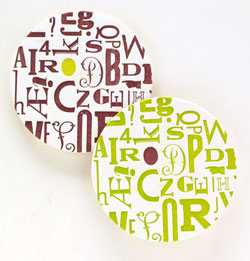I edit a quarterly journal called Ampersand. Last year, someone gave me all the issues of Bookways, a book-arts journal published from 1991-95. They’ve been wonderful to read. The journal was letterpress printed and is full of reviews of fine press books and poetry chapbooks. The first issue I picked up had an article by Frances Butler on the history of pochoir (stencil applied color) as well as lots of tips for using pochoir in a book or on a broadside. One of the first classes I took at SFCB, probably in 2000, was on pochoir technique, taught by Cory Reisbord. The Japanese stencil brush I got as part of the class is in my brush jar in my studio, and I’ve picked it up many times intending to try stenciling, but haven’t. Frances’ article is fascinating, and it finally got me to invent a project.
Frances describes a jig for doing an edition of stenciled prints. Using a hole punch, you punch the stencils and all the paper along the edge in the same spot. Then the paper can be inserted over pins, the stencil inserted on top, and the paint applied. For the jig, I used davey board (thick board used for book covers) and clevis pins I bought at the hardware store. You can see the jig below, along with my Japanese stencil brush (available from McClains) and two other things I’m going to try to use to apply the paint (a sponge and a rubber paint applicator). Below that picture is the stencil and paper on the jig.
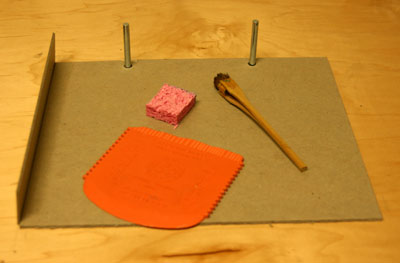
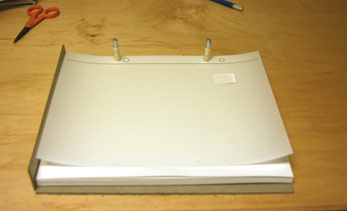
After testing the jig, I realized that a single sheet of davey board was too week and too “bendy”. I’m going to remake it with two pieces of davey board.
Frances’ article is available by purchasing an issue of Ampersand.

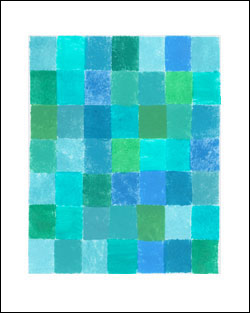


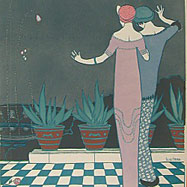
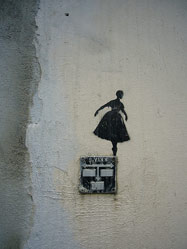

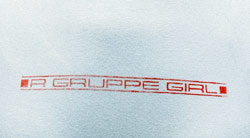


 In my quest for finding appropriate printing methods for my books and broadsides, last fall I took Maia de Raat’s “Introduction to Linoleum Block Carving”, at the San Francisco Center for the Book. I’ve carved linoleum blocks before, but Maia had a set of Japanese wood carving knives that she let us try. Wow! So much easier than the cheap Speedball knives I bought at the art store. She suggested we get knives at
In my quest for finding appropriate printing methods for my books and broadsides, last fall I took Maia de Raat’s “Introduction to Linoleum Block Carving”, at the San Francisco Center for the Book. I’ve carved linoleum blocks before, but Maia had a set of Japanese wood carving knives that she let us try. Wow! So much easier than the cheap Speedball knives I bought at the art store. She suggested we get knives at 